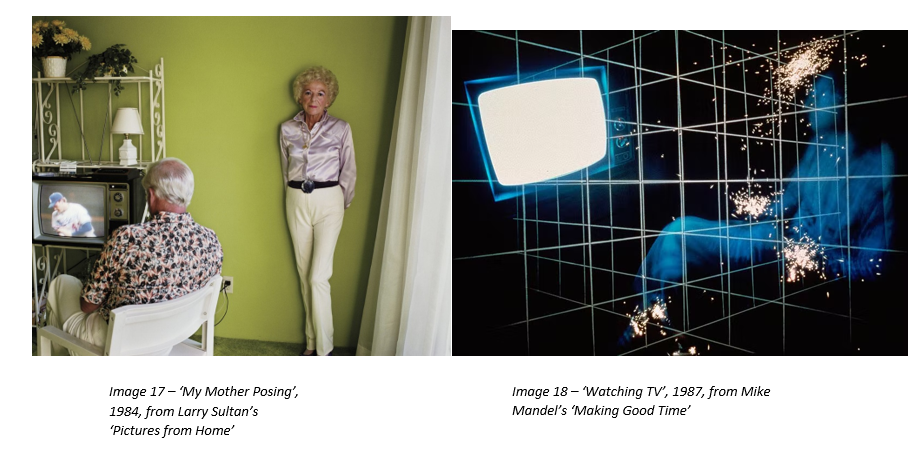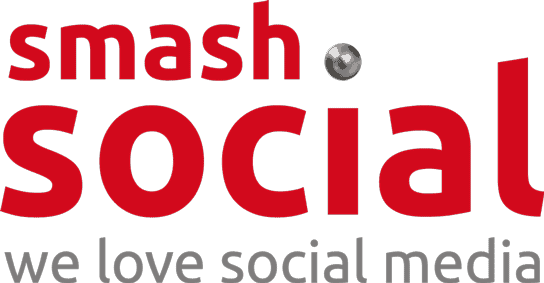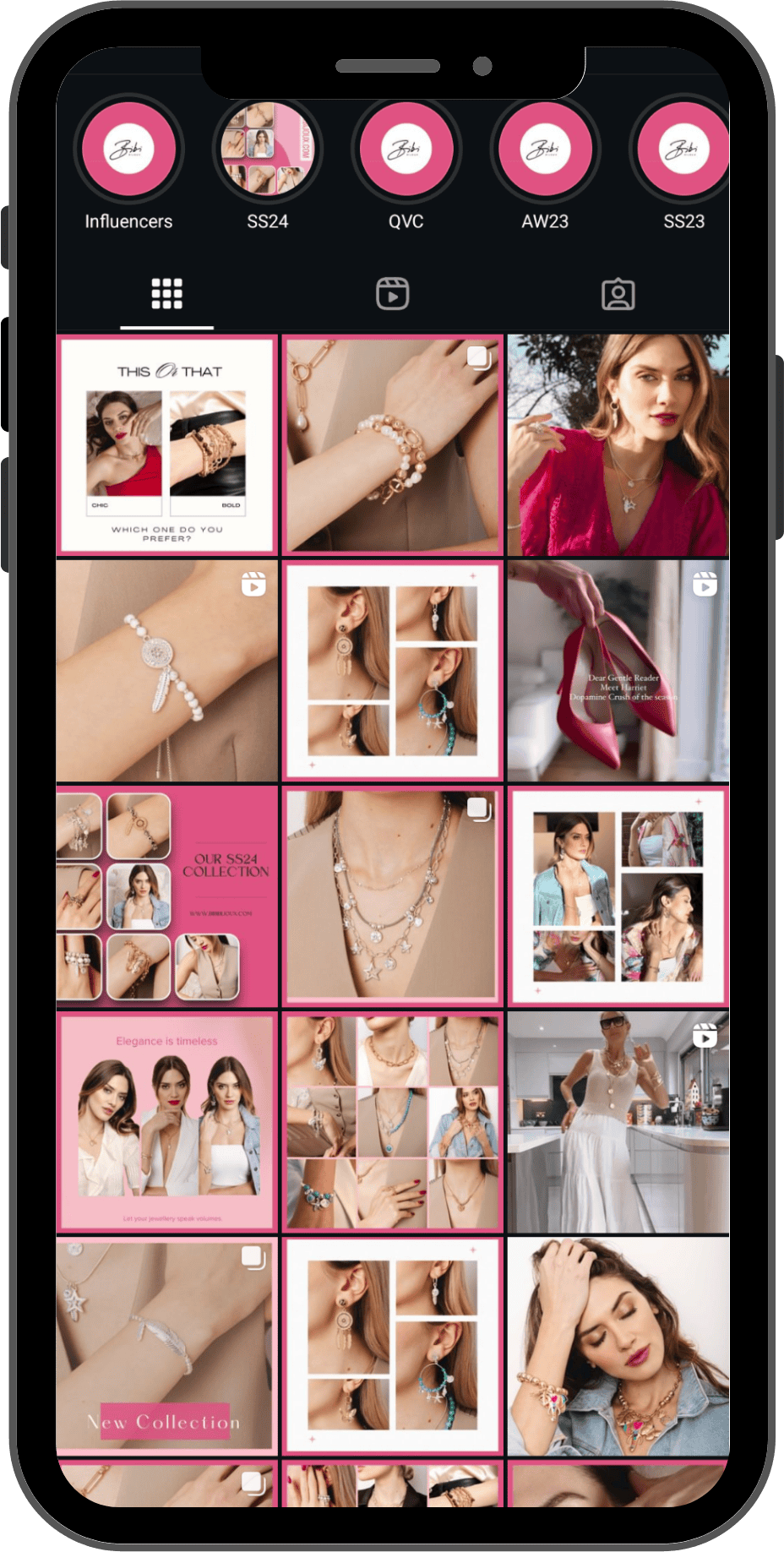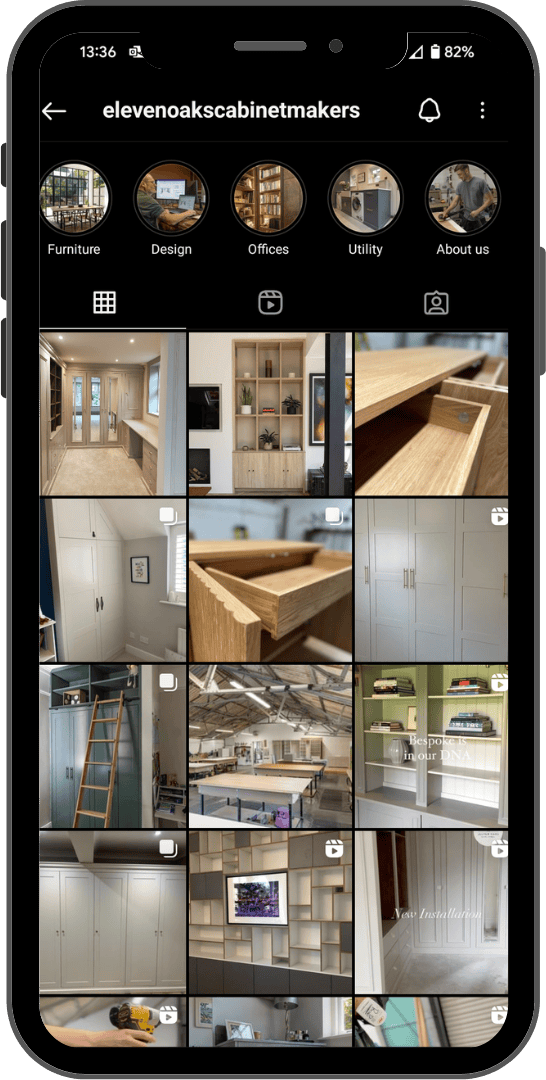(Word count – 2,447) – by Danny Rothstein (our fantastic temporary intern assistant)
Rationale
If the photograph’s ‘objectivity’[1] captures something that could be lost in time, then the photobook becomes their place to attain something more than the sum of their parts. Or as Sergei Eisenstein calls it in his 1939 essay Methods of Montage a ‘third something’. That is what I have aspired to with this photobook; the question is what third something am I trying to show? When I first came across Larry Sultan and Mike Mandel’s Evidence (1977) I was struck by the monochromatic tone which clearly reflected the era the photographs were plucked from. Taken in the 1950’s and 1960’s and brought forward in the seventies by Sultan and Mandel, these collection of photos from ‘local corporations, government agencies, and research institutions’ (Philips and Forth, 2003) all held a collective space for me as a national point in time for America. I began to wonder why the photos worked better together as a photobook rather than individual images and furthermore why I thought of them as a collective. I only found out the answer when I came across Larry Sultan’s Pictures from Home (1992), which contained images of his parents from the mid-eighties and Mike Mandel’s Making Good Time (1989), which incorporated time-and-motion studies involving tracking movements exposures to light. That is the best definition I can give of the third something I am trying to show in this photobook; the conceptual place colour photography occupies in the readers mind and how its related to history.
The emphasis on time and colour here is important for me as all the work curated in my photobook demonstrates how as time progressed so did the themes and expression adjoined with colour technology. With this photobook I wanted to try and answer how Sultan and Mandel compared to their earlier collaborated efforts aimed to use colour photography to highlight a new interest in the familial and personal. By juxtaposing photos from Evidence (1977) and Sultan and Mandel’s later works, I aim to delineate how colour photography offered said artists new ideas. New themes such as mundanity, suburbia, interpersonal and object relationships all revolving around the idea of family, were what I felt was emphasised with the structure of my photobook. For much of my photobook, I didn’t pair any photos from the same collections next to each other. I wanted the images of Evidence and the individual later works to fuse together to create something new. With this I could bring works together not traditionally viewed as one, furthermore I could make sparingly clear the development both artists had seen and the conceptual similarities even in there later works. Such similarities encourage a distinct specificity of family with new intimacy.
What conceptual similarities have I tried to show with my work exactly? Heather Diack in ‘Documents of Doubt: The Photographic Conditions of Conceptual Art’ said that conceptual photography involves ‘the acts of doubling and dislocation inherent to the photographic process’ (2020, p.5) whereas Susan Sontag in her article ‘Shooting America’ (1974) characterizes conceptual photography as ‘the less doctored, the less patently crafted, the more naïve-the more surreal the photograph was.’ I concluded from these definitions that a conceptual photograph is somewhat rawer in its natural state. Looking at the photos I included from Evidence the conceptualism was clear however I wanted to portray how Sultan and Mandel never wavered from this conceptualism. For example, lets look at images 10 – 12. Two archival images placing emphasis on hands one as an experiment, and one seemingly as an artifact, contain an image between them from Mandels Making Good Time. Taken in 1986 Mandel’s ‘Wrapping Sandwiches’, although it has vibrant colours of tracing lines tracking the hand movements it certainly retains surreal qualities, and even though techniques were used it is not a majorly doctored photo. From government photos detailing new experimentation to the innocuous task of hand wrapping sandwiches I wanted to highlight the conceptual overlapping as told by the hand in each photo. In each of the photos the hand tells a different story, I thought I would go with such a minimalist approach throughout my work where the only discernible mutual details photos share tends to be body parts or objects.
There are exceptions however, as I found that I wanted to pair both artists later works directly against each other, and in doing this I landed on more overt conceptual similarities such as colour. With this section of my photobook, I didn’t want the reader to have to link any conceptual resemblance themselves; I wanted it to be explicit and the first thing a reader would notice. Take for example images 15 and 16 which demonstrate a strong similarity, sharing the colour blue. Image 15 from Mandel’s Making Good Time simply entitled Robot, taken in 1985, uses blue in a variety of ways. Blue informs the: tracing of human movement, sparks and fuses, and a nebulous lighting and hazy affect within the room in general. Whereas in image 16, Sultan’s photo called ‘Dad on a Boat’ taken in 1984, blue is the natural colour of the vast smooth ocean glared into. As a result of this there becomes a link between modern man-made electronics and machinery, with a sombre nature. This is a conceptual connection not often made and when I was curating these photos together, it was a powerful thought.
This is also what I encourage readers to seek in my photobook; the conceptual interconnections that may travel across time due to colour or similarities made explicit. Looking at images 7 – 9 you may see that a simple car brings us from a nefarious sixties test site to eighties suburbia, and with this I implore the reader to make his own conceptual reasonings and justification for my decisions.
[1] André Bazin in his 1945 essay ‘The Ontology of the Photographic Image’ published later in 1960 by Film Quarterly discusses the objective reality of photography.











Essay
I would like to in this section, establish more than anything how the evolution of colour photography represented both a historical change to minimalism and how both Sultan and Mandel followed suit. If Sultan and Mandel’s Evidence (1977) ‘indexed the relatively recent past’ (Witt, 2017) and ‘implicated the present moment as a past-future’ (Witt) then their later works included in my photobook represented a different moment in time and photography altogether. Both artists shifted from an interest in the national (Evidence) towards one of the familial and personal (Making Good Time and Pictures from Home), such a switch is inextricably linked to the progression of photography with American history and culture. I plan to show this waning interest in the national didn’t necessarily mean one for the political, furthermore how a new attitude in colour photography used on the personal could form a political and cultural critique. I want to examine their works as a critical perspective that challenges and rejects the typical methods of photography. It was Megan N. Liberty who said the artists book must be used ‘as a way to challenge institutional backgrounds and approaches to the field’ (Johnston, 2021, p.19-20), therefore, if Evidence represented a paradigm of fifties authenticity, portraying American institutions in a bold new manner, almost a conspiratorial like one, how resilient did this anti-establish sentiment stay for Sultan and Mandel?
However, before doing this, we must understand the photography scene in Los Angeles between 1960 and 1980 so that we may better comprehend the stage colour photography was at for our artists’ works. For my navigation around this my main source will be ‘Proof: Los Angeles Art and the Photograph 1960-1980’ by Charles Desmarais (1992). Los Angeles is in someway related to all three photo collections included in my photobook as well as the place both artists included studied and worked in. For Evidence (1977) Sultan and Mandel requested ‘local corporations, government agencies, and research institutions’ (Philips and Forth, 2003)[1] for access to their files ‘most of which were located on the California coast’ (Witt, 2017)[2]. Sultan’s Pictures from Home (1992) captures his parents Los Angeles[3] suburban home while holding a sharp needle to the ‘institution of the family’ (Sultan, 1992) propagated ‘by resurgent conservatives’[4] (Sultan, 1992) in the Reagan era. Finally, Mandel’s Making Good Time (1989) with its retro take on man and machine, visited many ‘robotics research facilities’ in Los Angeles[5].
L.A. and the work included in my photobook both share that they used the ‘photograph as a basic tool for examining our cultures self-image and for searching the genuine in a world of copies’ (Desmarais, p.11, 1992). This is not a coincidence, during the seventies in L.A. photographers including Sultan and Mandel were affected and inspired by the L.A. scene, especially that of conceptualism related to colour. During the decade of the seventies when they exhibited Evidence colour photography ‘had become more affordable, making it possible for a large number of photographers to explore the potential’ (Moore, p.5, 2010) and it was already infiltrating L.A. This choice from Sultan and Mandel to not use colour and curate from an archive was deliberately incongruous with current photographic trends. It was during the eighties when colour photography was mainstay that Sultan and Mandel endeavoured to not only use but utilize such technology. Mike Mandel was inspired by ‘Frank and Lillian Gilbreth’s efficiency motion studies from the early 1900s’ (Coppelman, 2013) to use his colour tracings for Making Good Time. The Gilbreth’s captured worker’s ‘motions in a still image they called the chronocyclegraph by attaching pulsing lights to the workers hands and making 3-D, time-lapse images’ (Coppelman, 2013), Mandel used these same antiquated methods only for a new, modern suburban L.A subject. By juxtaposing his method and subject, Mandel had gone against the tone of commercial colour photography and found an informative conceptual colour photography.
Sultan’s Pictures from Home was conceptual relating to culture as opposed to method. During the seventies in L.A ‘Photographs are used to sell cars, commemorate family outings… to convince citizens that their taxes did in fact collide gloriously with the moon… every photographic image is a sign, above all, of someone’s investment in the sending of a message’ (Sekula, 1975)[6]. Its curious then to think about what Sultans images are a sign for, what message they are sending. When Sekula wrote such words he was talking about the commercialization of images in L.A, so perhaps it doesn’t relate to Sultan. However, Sultan certainly started his photobook with an investment ‘in the sending of a message’. Sultan stated in his introduction to Pictures from Home ‘I convinced myself that I wanted to show what happened when, as I interpreted my father’s fate, corporations discard their no-longer-young employees, and how the resulting frustrations and feelings of powerlessness find their way into family relations’ (Sultan, 1992). Sultan’s contribution to L.A. photography was an intention without an ulterior agenda then, especially when representing a sunny suburbia including images of Televisions, beds, boats and gold rackets, all objects of commodity. Sultan’s images weren’t however a sign of commodity purchasing nor was his focus on his dad a sign of the flawless ‘institution of family’ (Sultan, 1992). Sultan could attain his conceptualism by flipping typically photographed subjects that serve the ‘Reagan years’ (Sultan, 1992) and ‘resurgent conservatives’ (Sultan, 1992) to instead critique these things and then relate it to his own family as seen through his eyes.
So, to answer my question earlier Sultan found a new way to remain resilient when critiquing an establishment, however this time it became a different critique for Sultan. Evidence (1977) represented a cold war paranoia and experimentation as ‘the seventies saw the social idealism wither in the face of obvious failure in Vietnam, the embattled Nixon administration, and a halting economy.’ Whereas Pictures from Home, only conceptually anti-establishment with its family portraits and exploration of the American family represents an era where colour photography didn’t spark the passion of a counterculture but remained far more meditative. With this Sultan was able to explore new horizons in colour photography. As Kevin Moore (2010) says in his book ‘Starburst Colour Photography in America 1970 – 1980’ by the eighties colour photography ‘had cooled to a more detached, inward looking, regional, and at times, nostalgic set of activities’ (p.12). Sultan was keen to shatter an image propagated by a culture (including a photographic one) of the functional family in America. Look at image 17 for example, from Sultan, entitled ‘My Mother Posing’ taken in 1984, immediately the cool irony popped out to me as Sultan’s dad is included in the photo. He is backward facing the camera, and focused on his TV, while Sultan’s mother poses against a plaintive green wall, staring into the camera. The father of this American family hyper focused on his new TV set advertised to him, and the mother with her wrinkly skin, transparent make up and hairdo paints a different picture of the American family. Sultan was perceptive enough to frame his parents as both family and victims of a consumerism that infiltrated there every hobby and looks.
In other words, for Sultan and Mandel their transitions from Evidence (1977) into their later works involved an imperative link between conceptualism and colour. One could not function without the other. The total summation of these three works also challenges photographic meaning by acting as an exception to their contemporary L.A culture. Furthermore, we can see how both artists unique conceptualism that confronts a culture of photographic meaning elevates to critique naïve political idealism. They reject methods of conformity by using colour to represent truth as opposed to a political agenda which was a part of many facets of L.A life during the seventies and moving forward into the Reagan era. It’s a disarming method, by using minimalist subjects (the minutia and mundanity of suburbia) Sultan and Mandel apply colour to add new personal specificity (Sultan) and technological vividness (Mandel) to give a new definition in colour photography, while expressing a political incongruity.
Bibliography:
Bazin, André (1945). ‘The Ontology of the Photographic Image’. Film Quarterly. Volume 13, no. 4 (1960) pp.4-9.
Coppelman, Alyssa (2013). ‘Making Everyday Activities Trippy’. Slate, July 29, 2013.
Desmarais, Charles (1992). Proof: Los Angeles Art and the Photograph 1960-1980. Fellows of Contemporary Art: Laguna Beach.
Diack, Heather (2020). Documents of doubt: the photographic conditions of conceptual art. Minneapolis: University of Minnesota Press
Eisenstein, Sergei (1968). Methods of Montage. Cleveland: World Pub. Col.
Mandel, Mike (1989). Making Good Time. University of New Mexico Press: New Mexico.
Moore, Kevin (2010). Starburst Colour Photography in America 1970 – 1980. Hatje Cantz Pub: Cincinnati Art Museum.
Phillips, Sandra and Forth, Robert (2003). ‘Introduction’. In Sultan, Larry and Mandel, Mike (eds.) (2003). Evidence, London: D.A.P., Distributed Art Publishers.
Sekula, Allan (1975). ‘On the Invention of Photographic Meaning’. Artforum. January 1974.
Sontag, Susan (1974). ‘Shooting America’. The New York Review. April 17, 1974.
Sultan, Larry (1992). Pictures From Home. New York: Harry N. Abrams.
Witt, Andrew (2017). ‘Landscapes of Science Fiction’. Evidence 1977 by Larry Sultan and Mike Mandel, Tate Research Publication, 2017, Available: https://www.tate.org.uk/research/in-focus/evidence-sultan-mandel/science-fiction accessed 24 November 2022
Witt, Andrew (2017). ‘The Evidence of Images’. Evidence 1977 by Larry Sultan and Mike Mandel, Tate Research Publication, 2017, Available: https://www.tate.org.uk/research/in-focus/evidence-sultan-mandel/evidence accessed 25 November 2022
[1] This comes from Sandra Phillips and Robert Forth who wrote the introduction to Evidence (1977) in a reprint of the book in 2003, distributed by Distributed Art Publishers.
[2] Andrew Witt in 2017 for the Tate Research Publication discusses the documents that show Sultan and Mandel applying for access to government photos centred in Los Angeles.
[3] One of Sultans included pictures taken in 1986 shows his parents’ home, it is entitled ‘Los Angeles, Early Evening’.
[4] Both of these quotes are taken directly from Sultan’s introduction in his 1992 photobook, Pictures from Home.
[5]This comes from Alyssa Coppelman (2013) in her article ‘Making Everyday Activities Trippy’.
[6] This comes from photographers Allan Sekula’s 1975 essay published for artforum entitled ‘On the Invention of Photographic Meaning’



